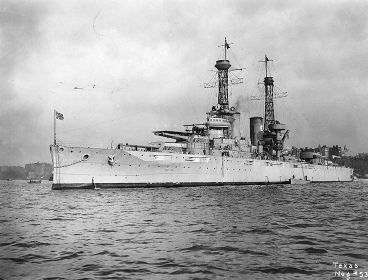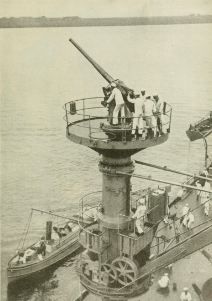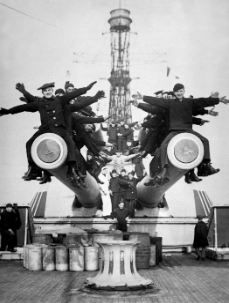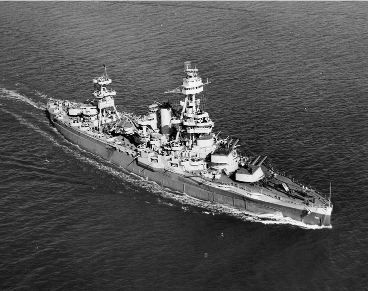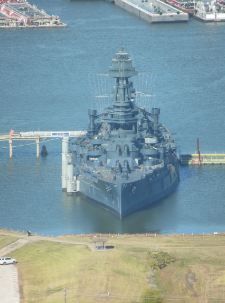Placed in active service in 1914 as the world’s most potent weapon, the Battleship Texas’s most significant contribution is its inception of the usage of cutting-edge aviation, gunnery, and radar during its time. Today, the 27,000-ton New York class war vessel is the last Dreadnought and battleship in existence to have survived both World War I and World War II. Resting at the San Jacinto Battleground State Historic Site, BB-25 now serves as a premier museum ship and attraction that allows visitors to have a glimpse of its rich and remarkable past.
The Beginning
The U.S. Congress authorized the USS Texas’ construction on June 24, 1910, and became the second warship to be named after the state. Newport News Shipbuilding (NNS) won the bid, and its contract was signed on December 17 in the same year. USS Texas was laid down in Newport News, Virginia on April 17, 1911, launched on May 19, 1972, and was commissioned under the helm of Capt. Albert W. Grant on March 12, 1914.
On March 24, 1914, USS Texas went to New York City and stayed for the next three weeks for its fire-control equipment installation. At that time, the tension was building up in Mexican waters. In May, the warship cruised to Veracruz due to the intensity of the situation and helped support the American forces ashore in seizing the Mexican city.
Afterward, the battleship participated in Atlantic Fleet, followed regular fleet operations. In between, it visited different locations and underwent repairs and improvements. In 1916, the battleship pioneered the munting of anti-aircraft guns alongside high-caliber platform guns and the control of gunfire by using rangefinders and directors.
World War I
In April 1917, the U.S. formally joined World War I but USS Texas stayed until August in Chesapeake, Virginia, conducting training and exercises for the Navy. It then steamed to New York for an overhaul before going to Long Island Sound. However, USS Texas got into an accident on the night of the 27th of September with Captain Victor Blue and the navigator making an untimely turn causing the battleship to ran hard aground. The war vessel went back to New York for its much-needed repairs.
After its reconstruction and participation in military simulations, USS Texas rejoined Battle Division 9, known then as Britain’s Grand Fleet’s 6th Battle Squadron. Its main mission was assisting convoy mission and aid in the blockage of the North Sea. At the end of World War I in November, it escorted the High Seas Fleet to the Scapa Flow and in December, escorted SS George Washington with President Woodrow Wilson to a peace conference in France.
Interwar Years
In mid-1919, USS Texas has resumed its duty with the Pacific Fleet. The following year, it was renamed BB-35 in line with the U.S. Navy’s adoption and usage of hull classification symbols in classifying and identifying ships. In 1924, BB-35 Texas returned to Atlantic for a training cruise and in 1925, underwent modernizations. After the major improvements, BB-35 shifted operations between the Pacific and Atlantic. The next six years saw BB-35 being the U.S. Fleet’s flagship in its exercises. In 1937, it returned to the east coast, assigned the Training Detachment’s flagship. The following year, it served as the Atlantic Squadron’s flagship until April 1944.
World War II
After receiving another month-long overhaul, BB-35 cruised to the Pacific to help bombard Japanese troops in the Iwo Jima invasion in February 1945. From March to May, the battleship fended off kamikaze raids and fired its guns against rival forces in Okinawa. On May 14, 1945, BB-35 left Okinawa to go to the Philippines and remained there until Japan’s capitulation and the war’s end on August 15th. In late September, BB-35 assisted in transporting American troops back home.
Final Years
Returning to the Atlantic coast, BB-35 was pt into reserve status on June 18, 1946, and remained inactive for nearly two years. On April 21, 1948, BB-35 was officially decommissioned and returned to the State of Texas where it served as a museum ship at San Jacinto ever since.

